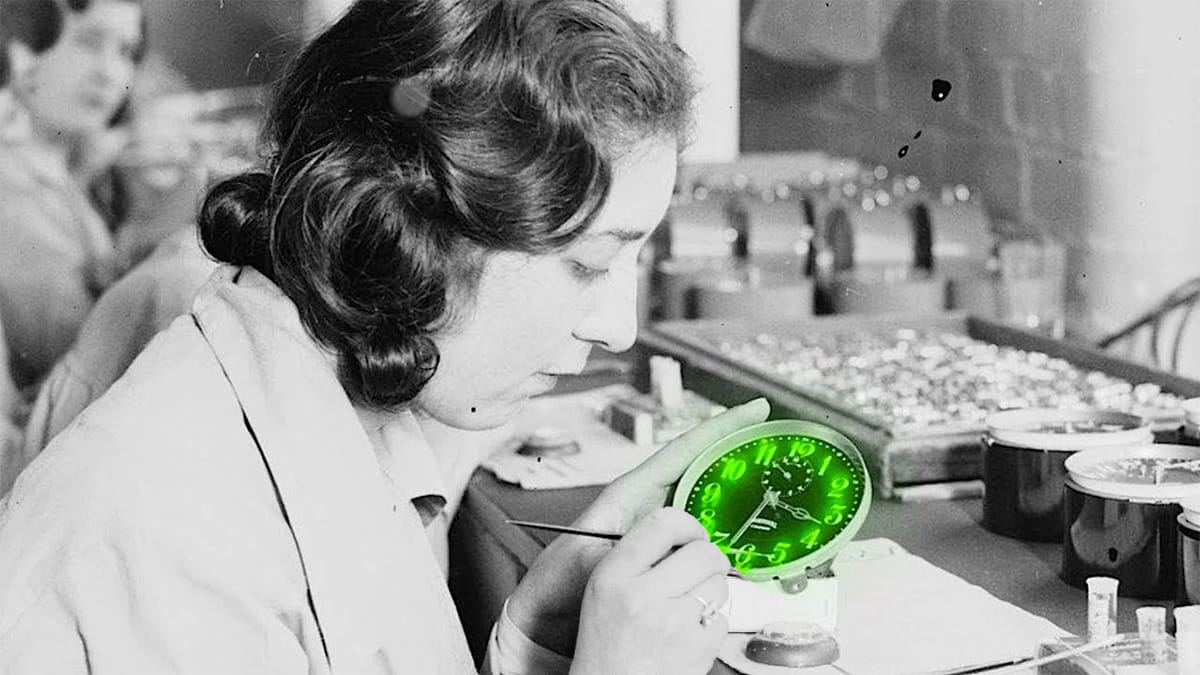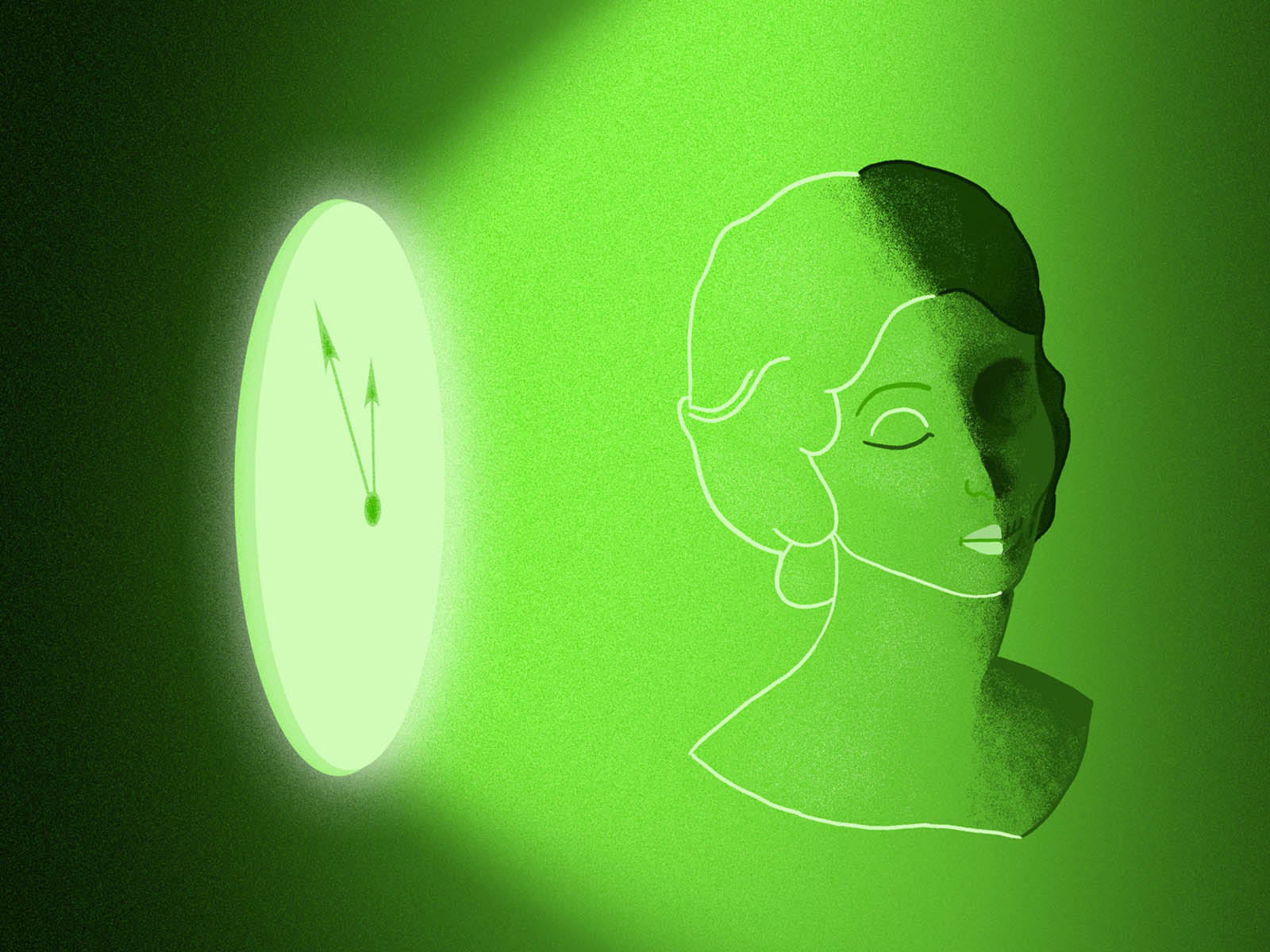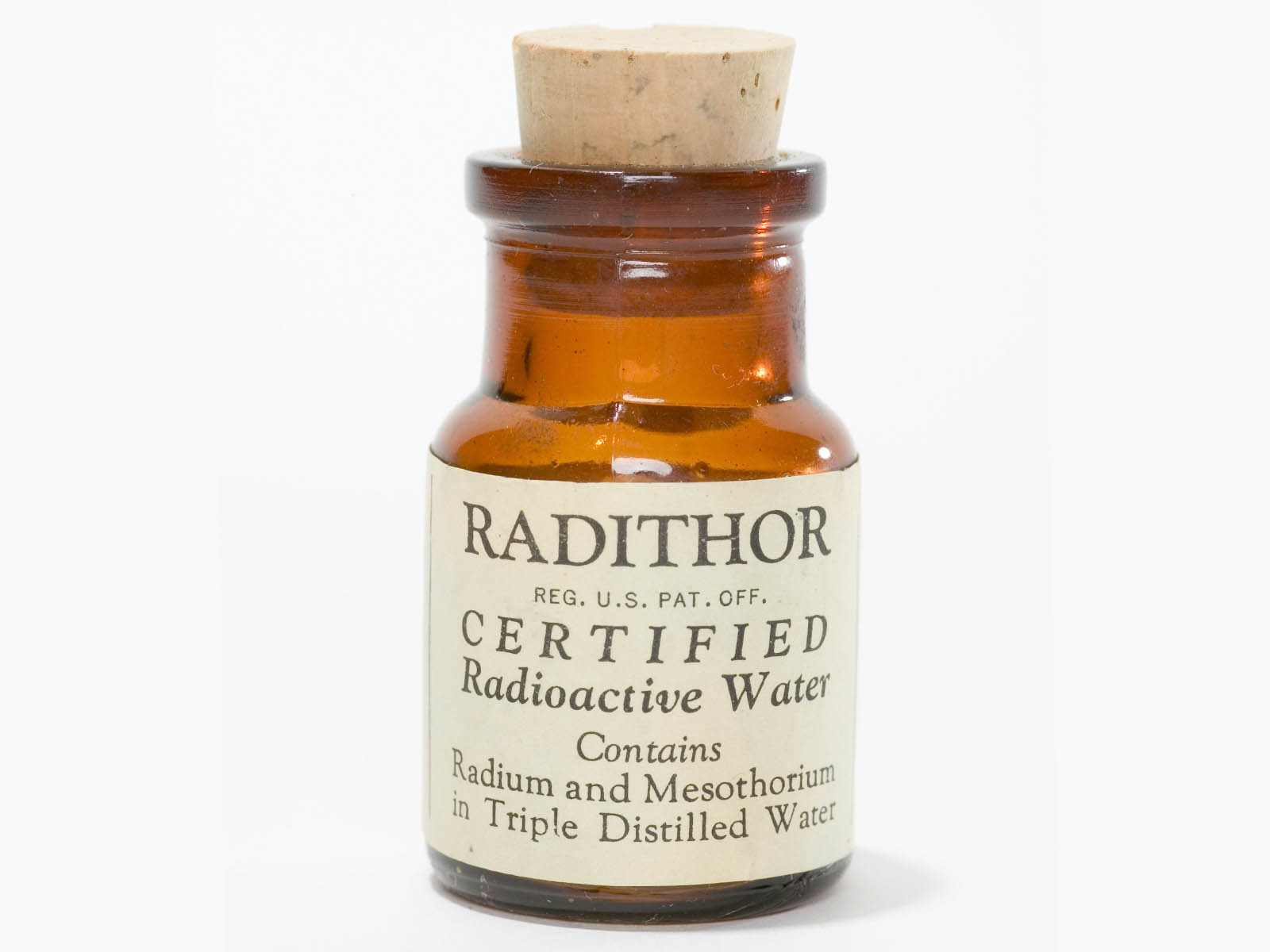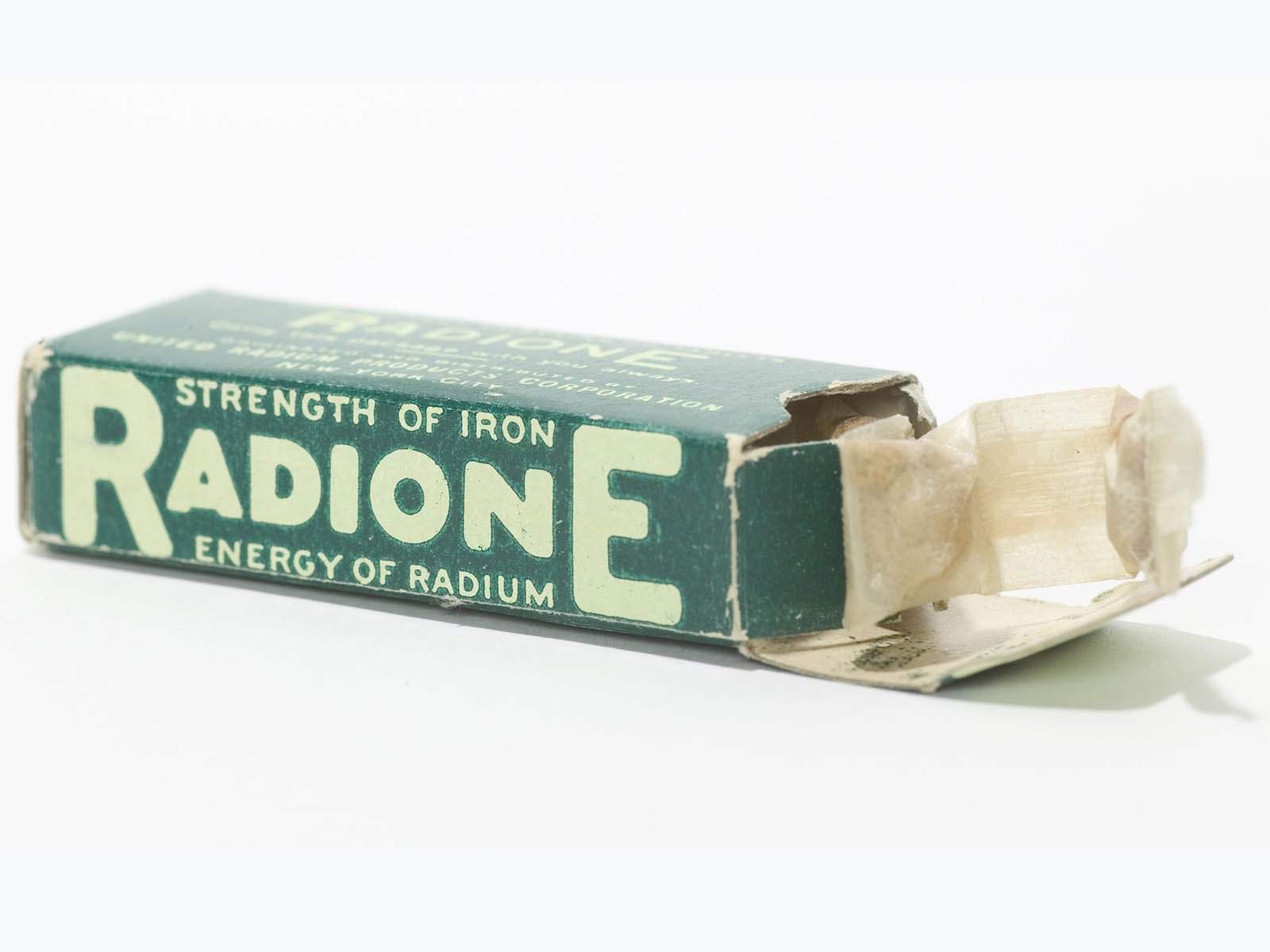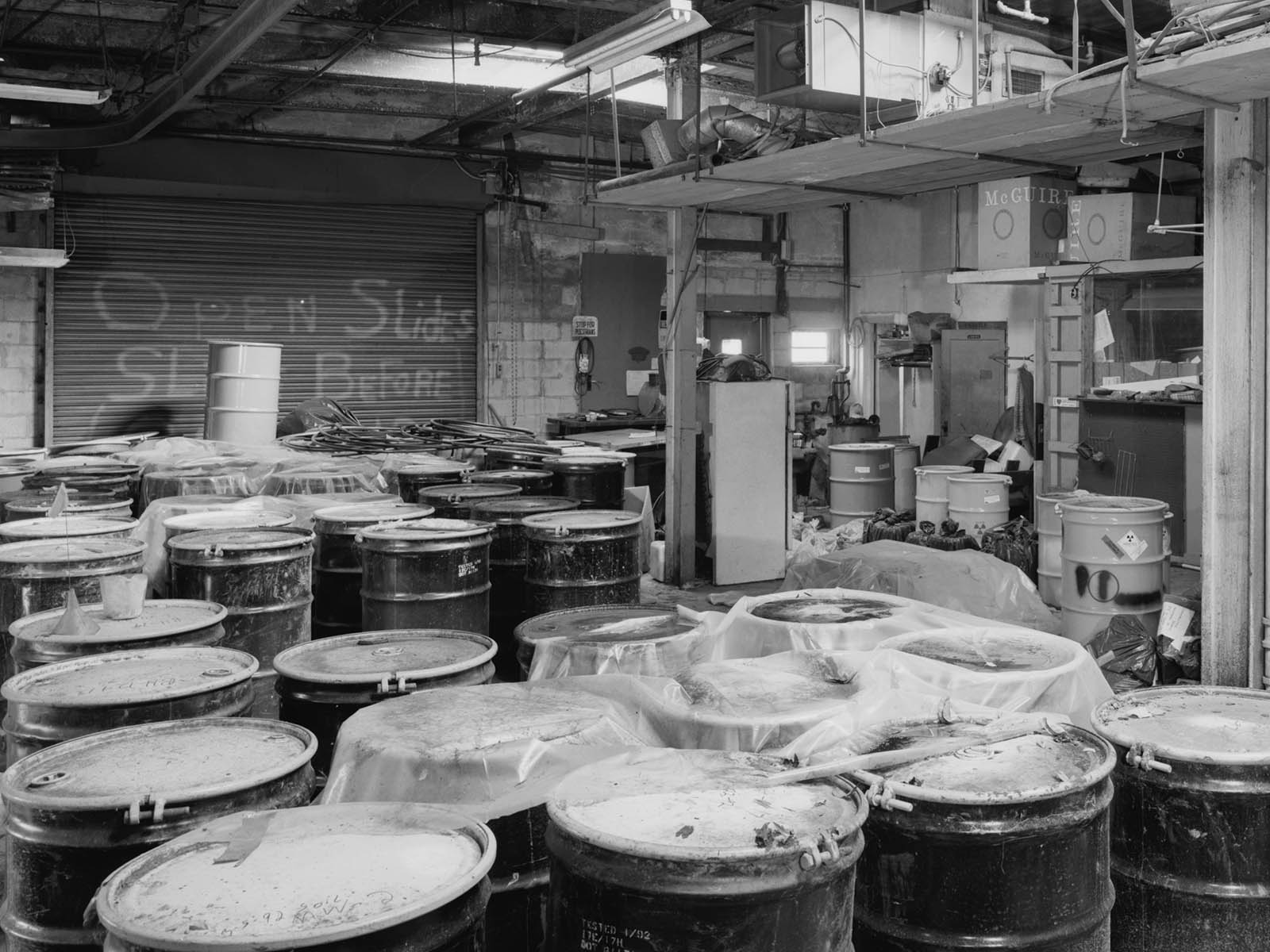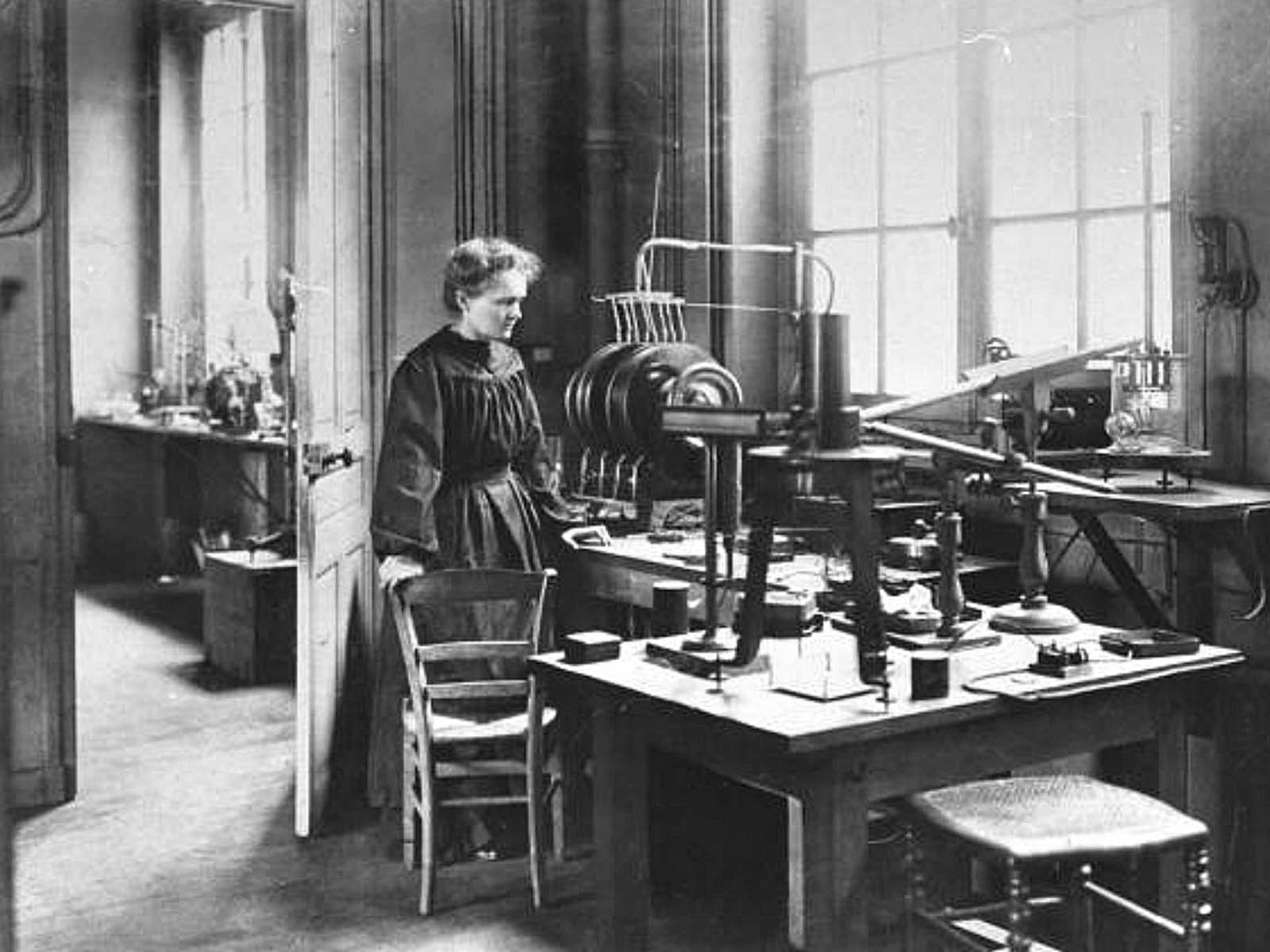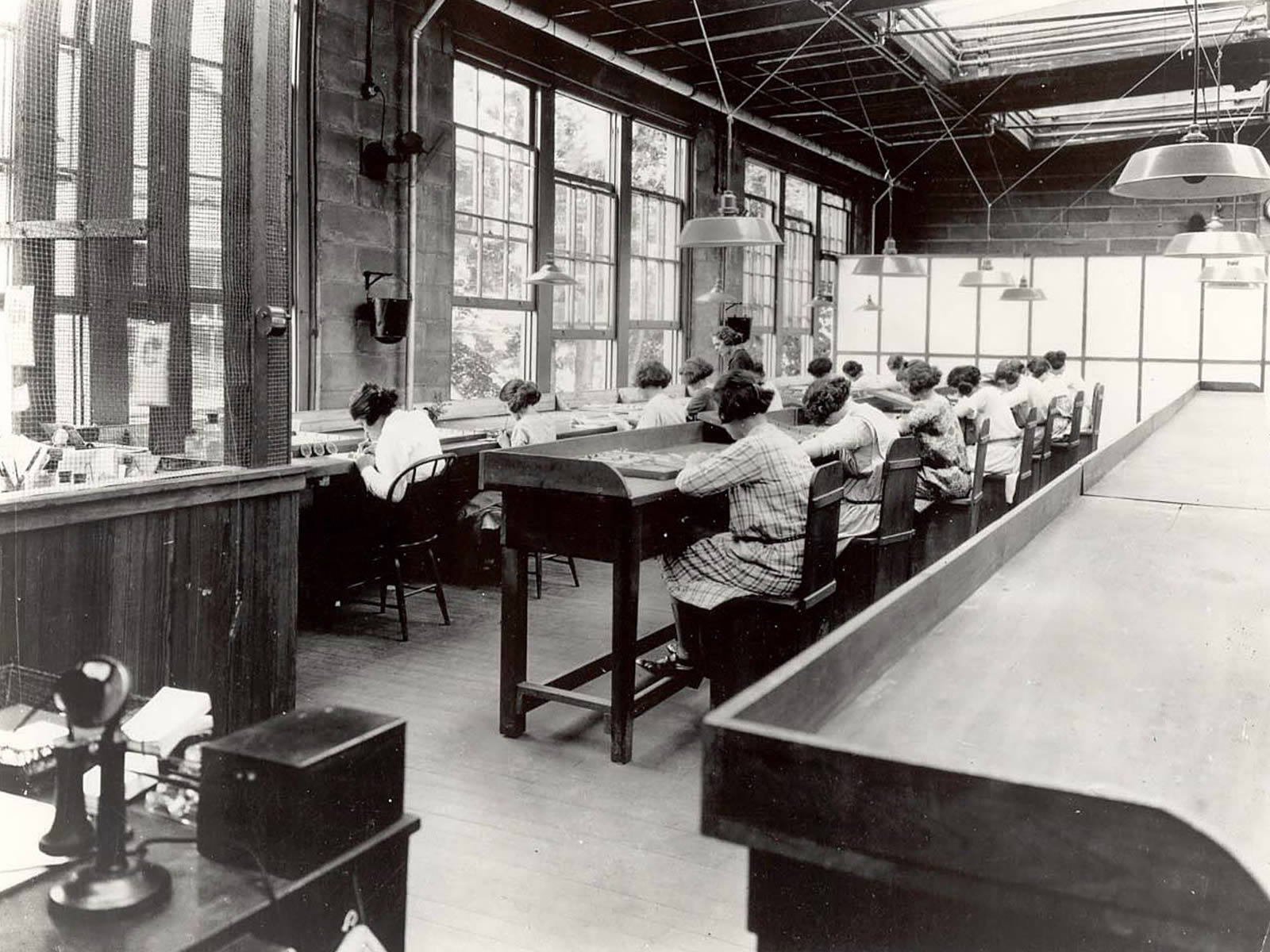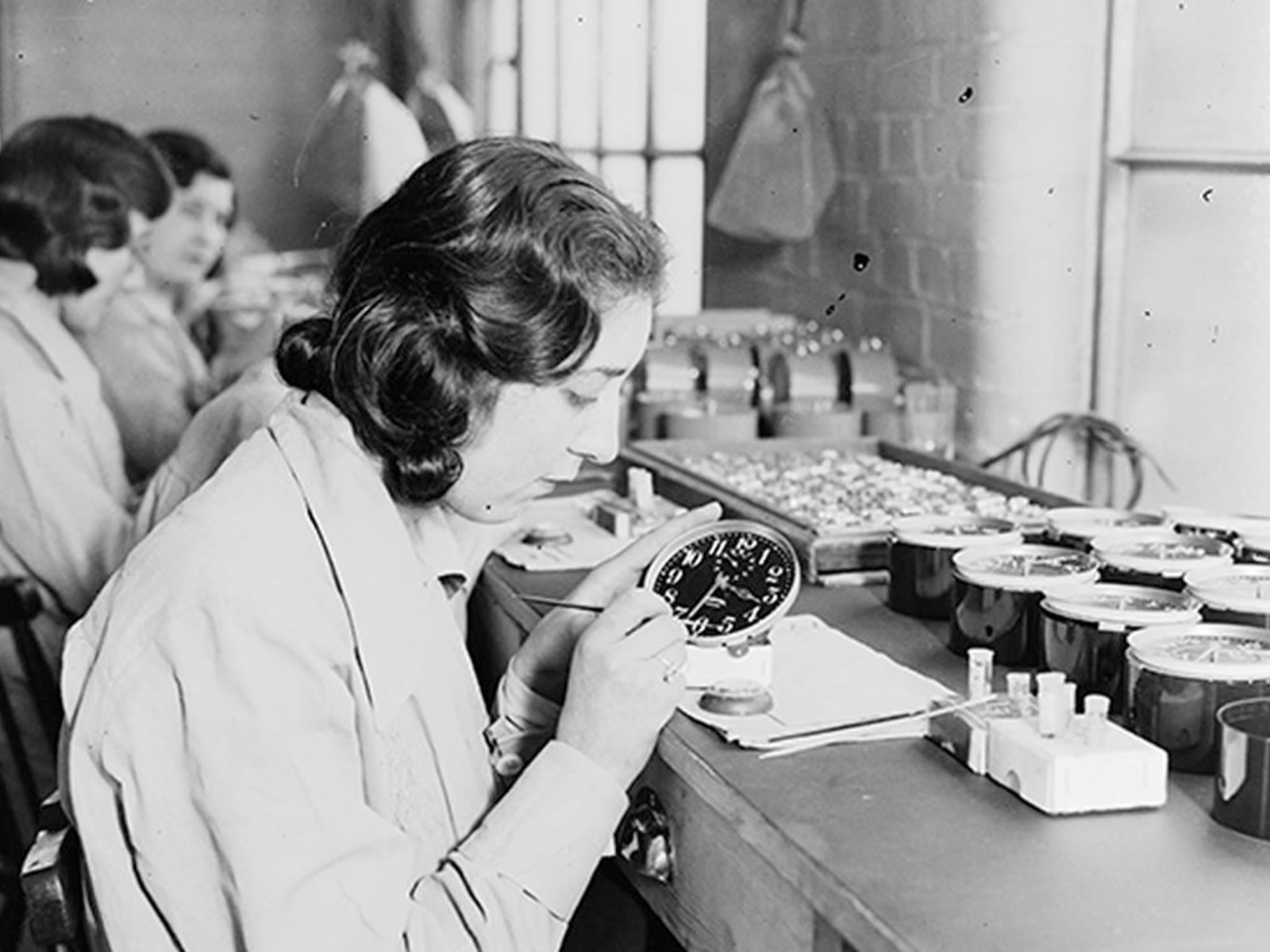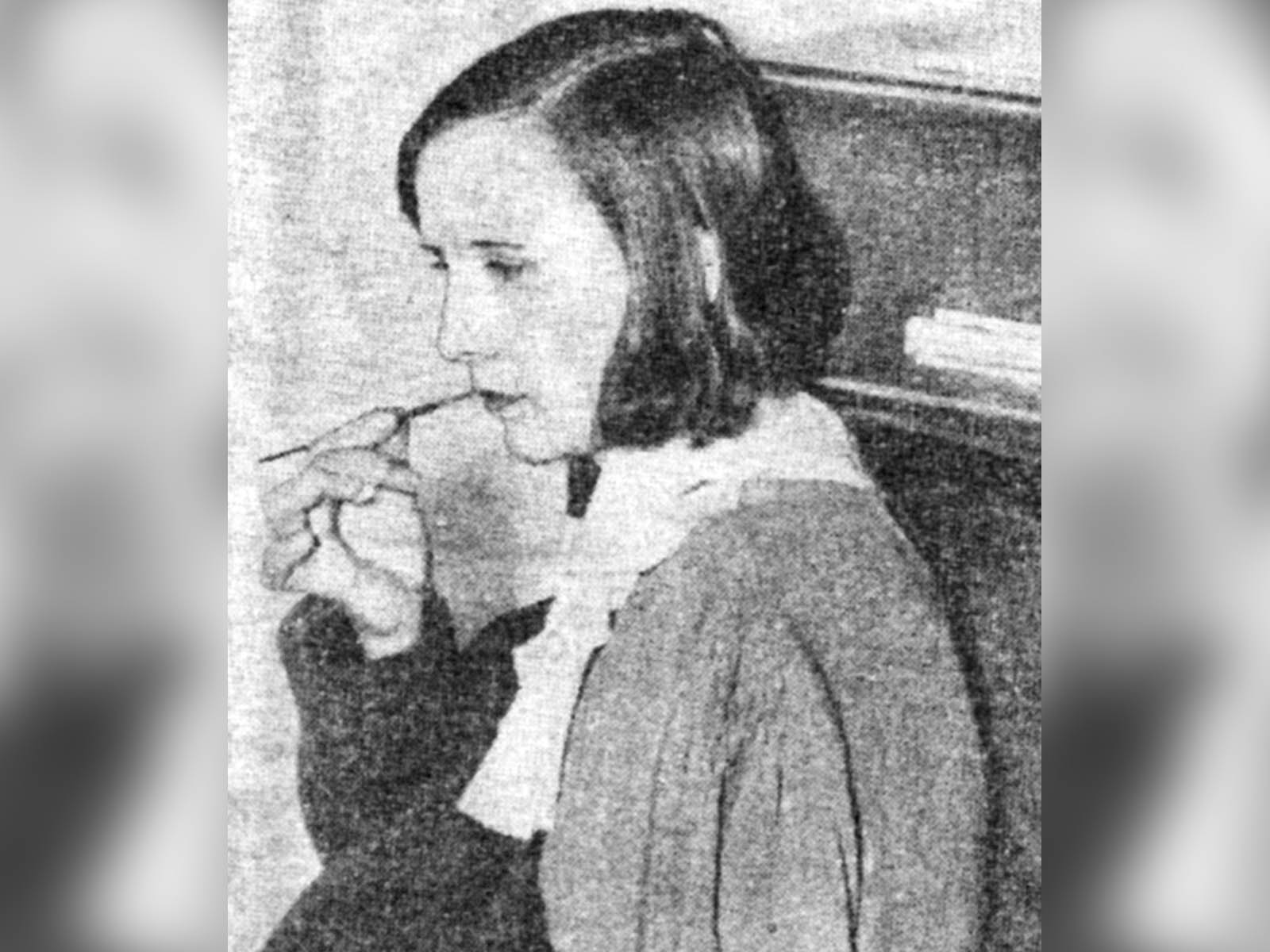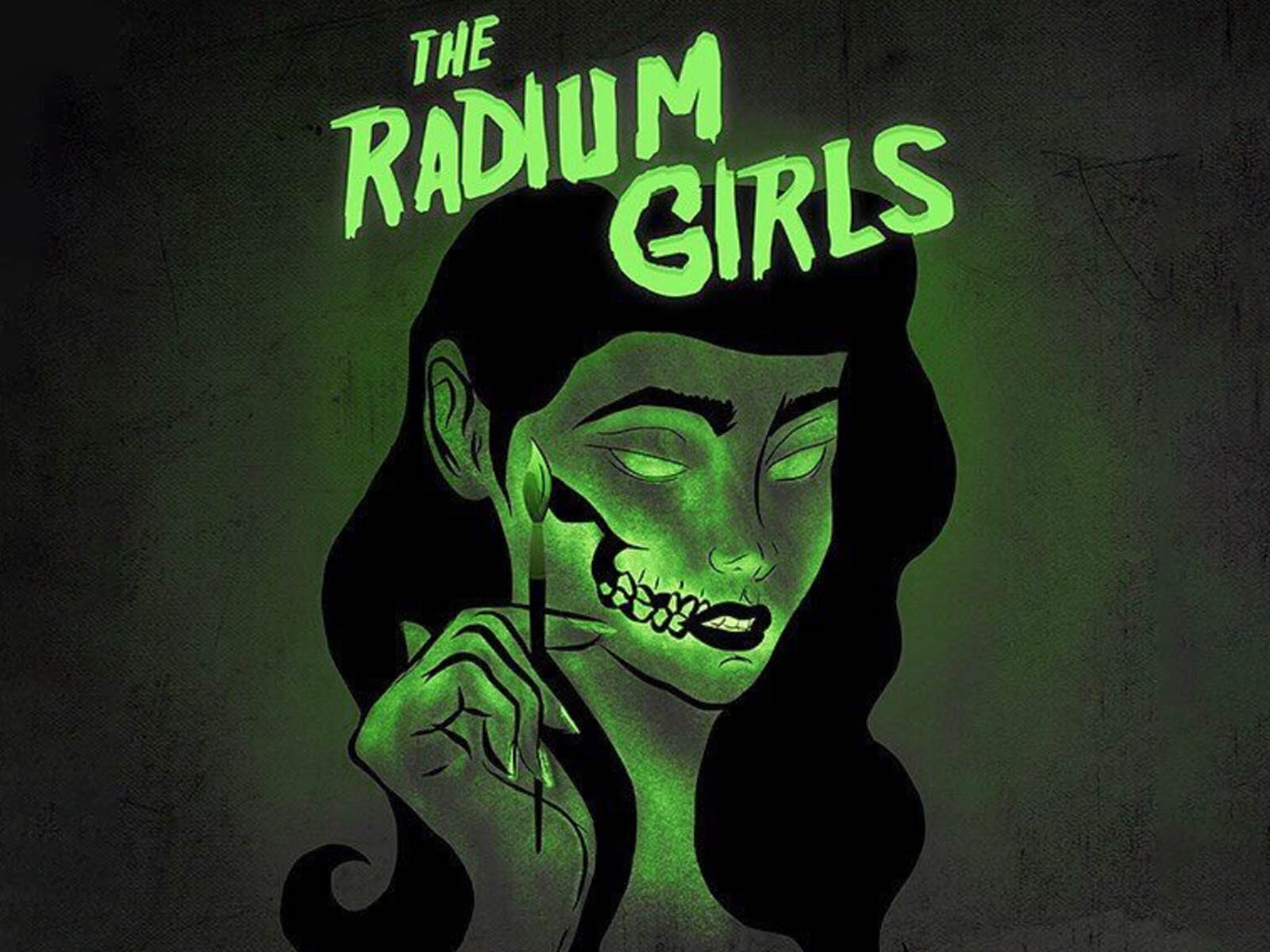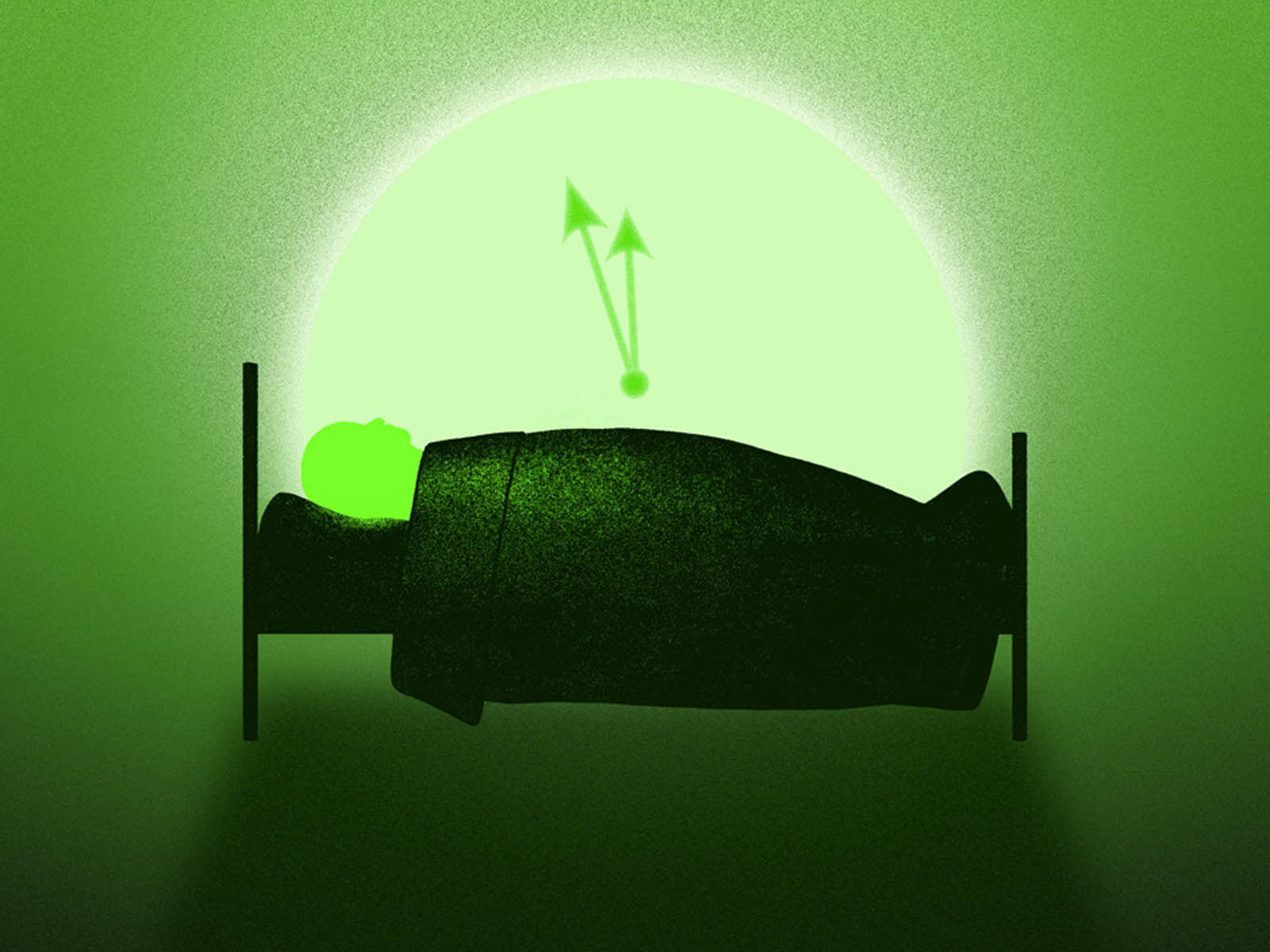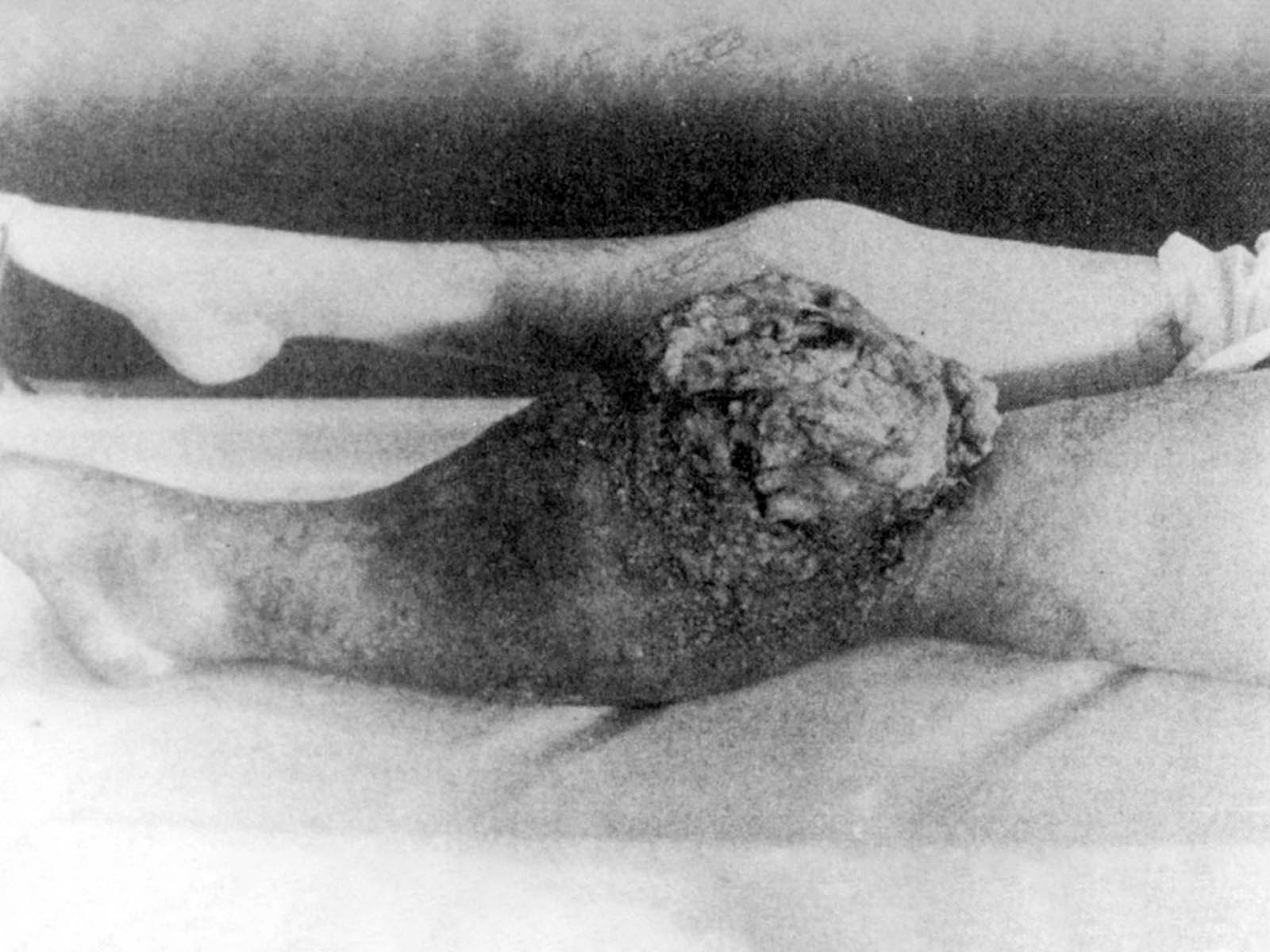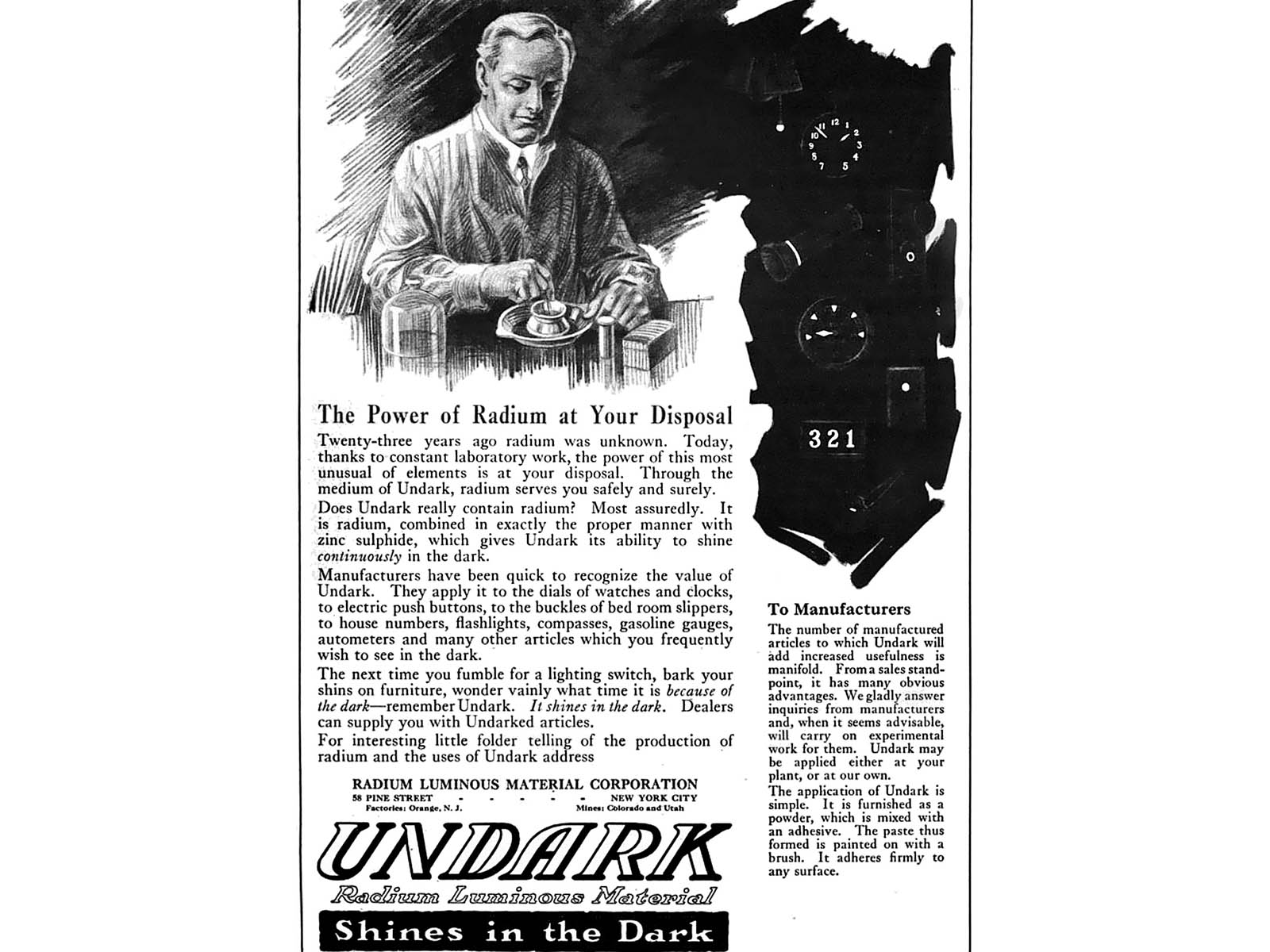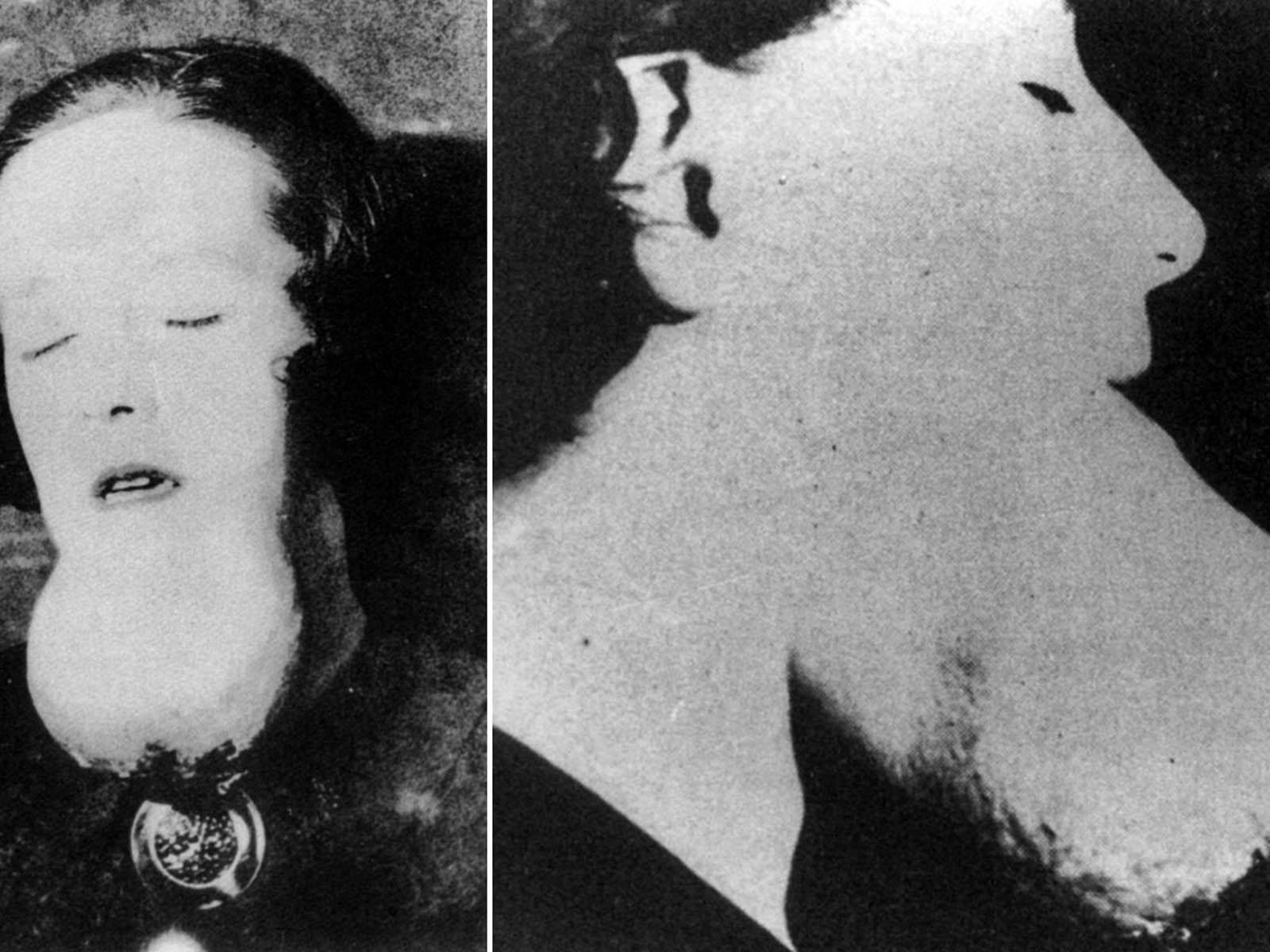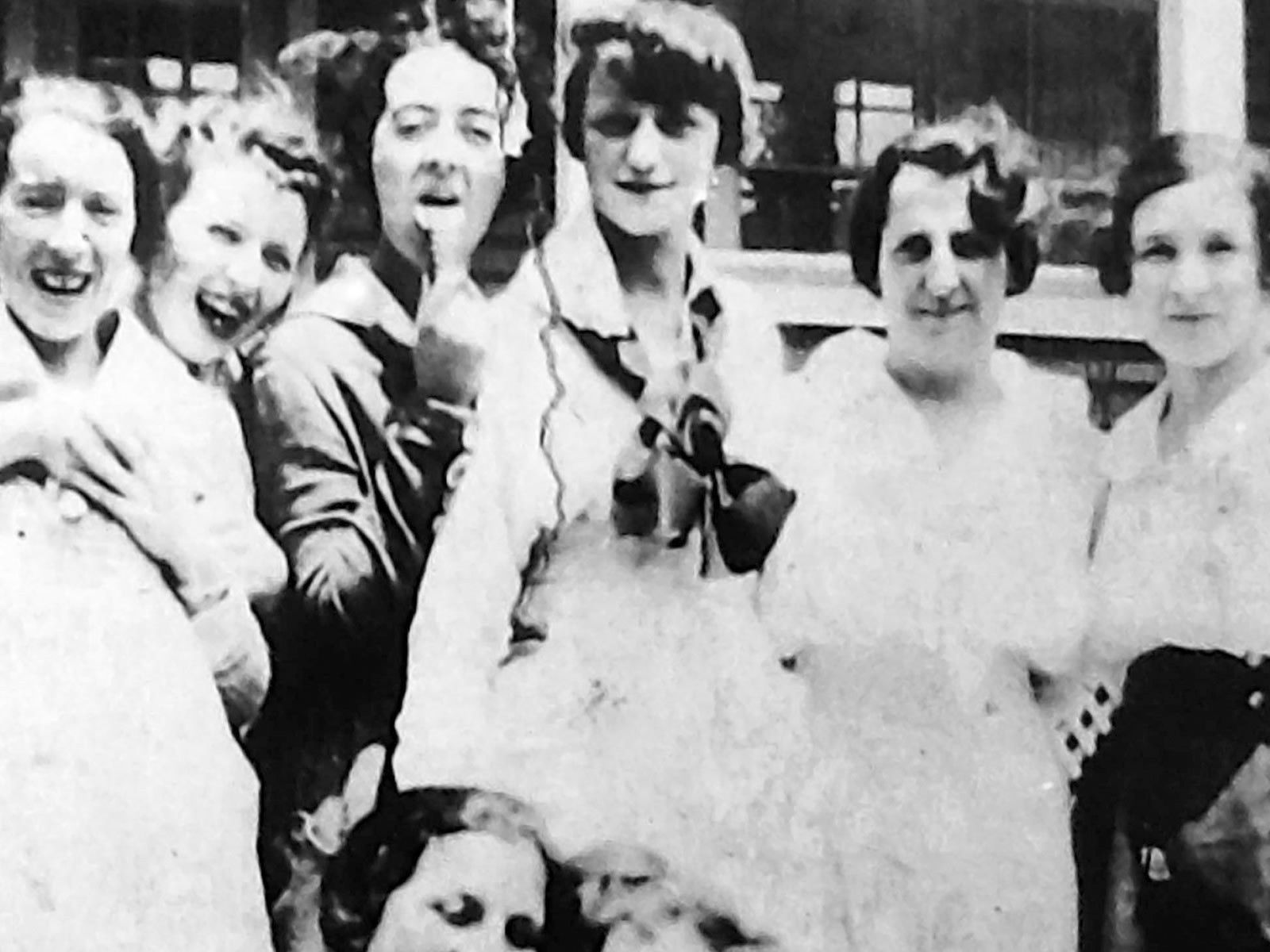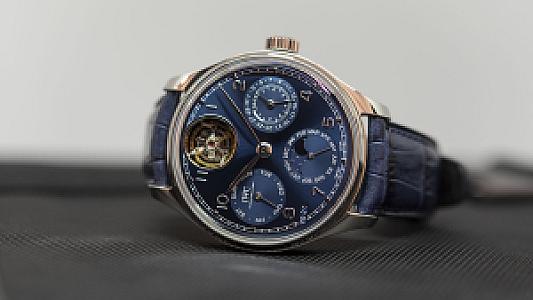The darkest period of watchmaking history began with girls glowing in the dark. We remember one of the black spots of history, the battle of justice and the first glowing dials with the terrifying story of the radium girls.
Radium is a substance that we all are familiar with and know its relationship with watches. Before we talk about the relationship between United States Radium Corporation and the girls working there with radium, let's refresh our knowledge of this item.
The famous chemist couple, Polish Marie and French Pierre Curie shared the radium with the world of science in 1898. This very exciting discovery was made from a kind of uranium ore in the Bohemian Region, which we know today as the Czech Republic. The couple realized that the remains were still radioactive when they removed the uranium from the ore. When they did a spectrum study, chemists who separated the residues discovered that the material was primarily an unknown element, barium.
According to the Dutch historian Peter van der Krogt, the element was first named "radius" or "ray" as the radiation emitted from the element was about 3 million times larger than uranium radiation. According to the Royal Society of Chemistry, the Curies were able to extract about 1 milligram of radium from about 10 tons of ore.
The workbooks of Marie Curie, the first female scientist to receive the Nobel Prize in 1903, and her husband are still highly radioactive today. According to Chemicool, the longest half-life isotope is Radium-226 with 1602 years.
More than a century ago, watches glowing in the dark had an irresistible attraction. The figures and markers covered with special bright paint fascinated everyone. One of the first factories to produce these dials was opened in New Jersey in 1916. The factory hired 70 women in the first place.
Dial painting was seen as an 'elite' job for girls with financial difficulties. They were paid three times more than the average factory job, and they were lucky enough to be in the top 5 percent of female workers at the national level. Such jobs provided women with financial freedom. Many of the working girls were in their late 10s or early 20s. Little hands were quite suitable for dial painting. The girls spread the irresistible charm of their new work through family and friends. Sisters started working in the same studios.
Radium's glow was an element of charm, especially for little girls. Soon they became known as the 'ghost girls'. Because when their shifts ended, they started to shine in the dark over time. They made the most of this bonus, they wore their best clothes on the way to work, so they shined in the dance halls where they went at night and even rubbed their teeth for a glowing but fatal smile.
Girls meticulously followed the technique taught to paint tiny dials, some of which are only 3.5mm wide. They were told to slide the paintbrushes between their lips to make a fine point. In the lip-pointing routine, the girls swallowed some of the glowing green paint every time they took the brushes to their mouths. Kate Moore, the author of the book 'The Radium Girls', recounts the memories of Mae Cubberley as follows: “The first thing we ask is 'Will it harm us?' Naturally, you don't want to put anything in your mouth that will harm you. Mr. Savoy (manager) said that it is not dangerous. We do not need to be afraid.”
This shining element has been known to be harmful since its discovery. Marie Curie herself had to deal with radiation burns, too. Before the first dial painter took the brush to her lips, people died from radium poisoning. That is why men at the radium companies were wearing lead aprons in the laboratories and holding the radium in ivory-tipped tongs. Despite all this, the girls did not have such protection. It was even said to be essential for their health. Because at that time, like those of the girls working in the factory, there was a belief that radium, taken in small quantities, was good for health. People drank radium water as a tonic, added the substance to cosmetics, butter, milk, and toothpaste as a 'miracle element'. The newspapers used to say, “Adds years to our lives” for the use of radium.
However, this belief was based on research conducted by radium companies to sustain the industry, which gained plenty of profits. All the signs of danger have been ignored.
First Death
When the calendars showed 1920, some of the radium girls started to experience symptoms such as fatigue and toothache. In 1922, Grace Fryer's colleague Mollie Maggia had to leave the factory because she was sick. Her friends could not understand what the problem was. Health problems started with a toothache. The dentist pulled her tooth, but the other began to ache. It also had to be removed. Bloody, red-yellow pus wounds occurred after the removed teeth. From the wounds, pus constantly leaked, it was very painful and made her breath smell. Then the pain spread to her limbs so that she could not walk. The doctor thought that the problem was rheumatism and gave her aspirin and sent her home.
In May 1922, Mollie's hopes began to run out. She had lost most of her teeth and was said to be a single, large abscess that stretched from her lower jaw to the roof of her mouth and even some bones in her ears. The dentist had a great shock when he gently held Mollie's chin: The jawbone broke into pieces in the hands of the doctor. Just days later, her entire lower jaw was removed with the same gentle movement. Radium destroyed the bone, making holes in their bones while the girls were still alive.
Mollie was beginning to fall apart. However, she was not the only one with these problems. Grace Fryer also had problems with her chin and complained of pain in her feet. Other radium girls also had similar problems.
This strange infection, which disturbed Mollie Maggia for less than a year on September 12, 1922, spread to her throat tissues. The disease was slowly passing through the jugular vein. At 5:00 PM, she died of blood filling up her mouth fast. While doctors tried to understand the cause of death, syphilis was written on her death certificate. The company she worked for would use the cause of death against her in the coming days.
Light of Death
United States Radium Corporation (USRC) has denied its relationship with the death of young women for two years. Due to the diminished work because of spreading gossip, in 1924 they commissioned a specialist to look for rumors between the dial painting job and the deaths of girls. When the independent study confirmed the link between radium and diseases, the head of the firm got angry. Instead of accepting the results, he paid to have new reports showing contradictory results and lied to the Labor Department regarding the original report. Publicly condemned women, saying that they had blamed the factory for their illnesses and tried to seek financial help for their medical bills.
With the preparation of the report, the biggest challenge of Grace Fryer and her friends was to prove the link between their mysterious illness and the radium they swallowed hundreds of times a day. With the death of a man working in a Radium company, experts took over. In 1925, a doctor named Harrison Martland developed tests that proved that radium poisoned women. Martland also explained its effects on the body. Pierre Curie once stated that he would not want to be in the same room with a kilo of pure radium because he believed he would burn all his skin from the outside, destroy his sight and possibly kill him. Martland discovered that when the radium is used internally, the damage is thousands of times more, even in small quantities.
Grace Fryer's spine was crushed and she had to wear a steel backrest. Another girl's jaw developed an incredibly large tumor; the girls' legs were shortened and spontaneously broken. Frighteningly, the damaged bones began to shine due to radium. When the girls looked at them in the mirror in the middle of the night, they understood that they were experiencing radium poisoning by seeing that they were glowing. Martland understood that poisoning was fatal. There was no way to remove the radium from the bones.
In 1927, Raymond Berry, a young lawyer, agreed to take Grace and her four friends' repeatedly rejected case. However, time was running out, women were told that they had four months to live. The opening of the case caused a huge shock wave and the dial painters working all over America began to get involved.
In 1938, a grapefruit-sized tumor developed in the hip of Catherine Wolfe (her last name was Donohue after marriage). Like Mollie, she first lost her teeth and her jawbone afterward. He kept a patterned handkerchief in her mouth because of the infiltrated pus. Her friends who died before her made her even stronger.
Catherine started the struggle for justice in the mid-1930s. When her case began to appear in court in 1938, although she was very close to death, she did not listen to her doctors and answered them from her deathbed. With the help of lawyer Leonard Grossman, she managed to manifest justice not only for herself but also for workers in every part of America.
